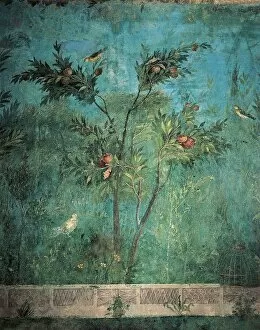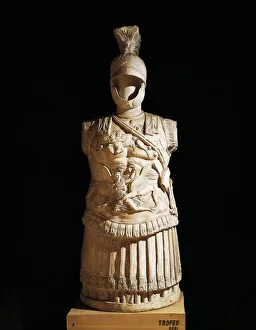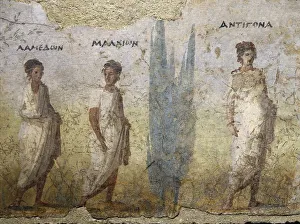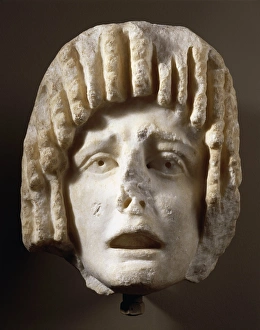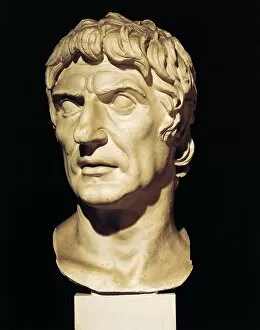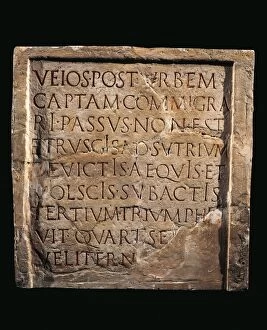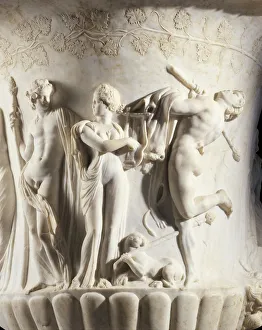Republican Age Collection
Step back in time and immerse yourself in the captivating world of the Republican Age
All Professionally Made to Order for Quick Shipping
Step back in time and immerse yourself in the captivating world of the Republican Age. From frescoes depicting lush gardens with fruit trees and birds, to intricate details of a pomegranate tree, this era showcases the beauty of nature intertwined with Roman civilization. The Triclinium of House of Livia transports us to ancient Rome, where we can almost taste the sweet fruits hanging from these vibrant trees. As we explore further, bone carvings of warriors from Praeneste in the Lazio Region remind us of the strength and valor that defined this period. These delicate yet powerful sculptures offer a glimpse into the military prowess that shaped Roman history. The relief theatre scene from Publius Terentius Afer's comedy Andria takes center stage, showcasing the Romans' love for entertainment and their sophisticated artistic expressions. This depiction brings laughter and joy to our hearts as we witness their theatrical brilliance. Moving on to Pompeii, we discover the Frigidarium at Forum Baths—a testament to Roman engineering marvels. Here, they created spaces for relaxation and rejuvenation amidst bustling city life. The Villa of Mysteries beckons us with its enchanting peristyle and porticoes—UNESCO World Heritage Sites since 1997. These architectural wonders transport us back to an era where opulence met spirituality; a place where secrets were whispered among marble columns adorned with intricate designs. A face frozen in time captures our attention—a young girl from Herculaneum reveals her innocence through her delicate features. She reminds us that behind grandeur lies humanity; emotions transcending centuries. Gaius Duilius is honored through a column adorned with ship bows—an everlasting tribute to his naval victory during the First Punic War. This monument stands tall as a reminder of Rome's triumphs on land and sea. The Amphitheater at Pompeii echoes with cheers as gladiators once battled within its walls—a symbol not only of entertainment but also of the Roman thirst for power and dominance.

